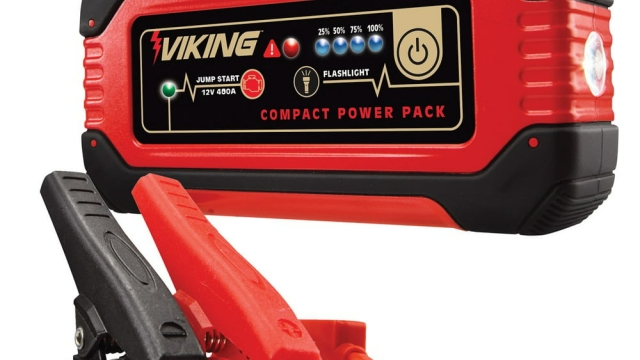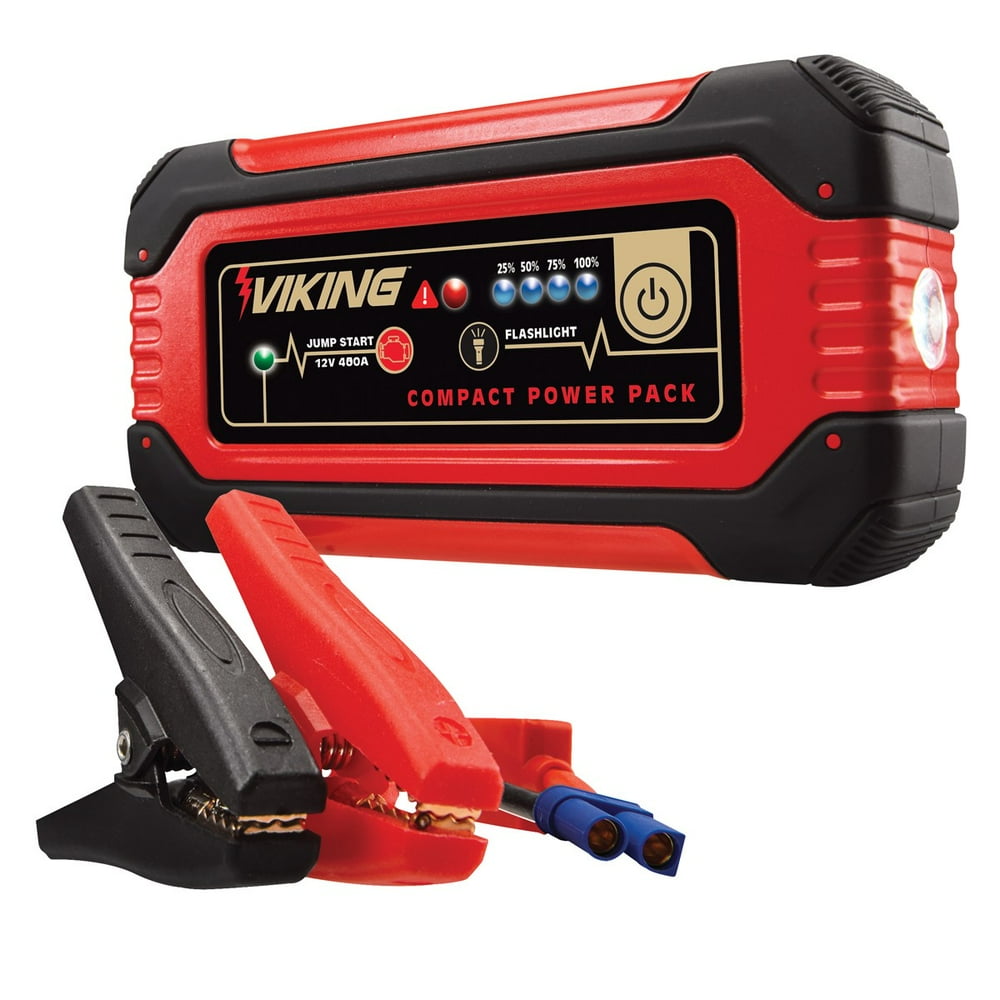
Changing Flat Tires like a Pro: Your Ultimate Guide
Ryan Flores -In today’s fast-paced world, being prepared for unexpected situations on the road is crucial. One of the most common mishaps that we may encounter is a flat tire. Whether you’re a seasoned driver or a beginner behind the wheel, knowing how to change a flat tire like a pro can save you time, money, and unnecessary stress. In this comprehensive guide, we’ll walk you through the step-by-step process of changing a flat tire, ensuring that you’re well-equipped to handle this situation with confidence.
Before we delve into the specifics, it’s important to highlight the significance of preventive measures. Regularly checking your tire pressure and maintaining proper tread depth can go a long way in avoiding flat tires altogether. However, should you find yourself in a situation where a flat tire is unavoidable, it’s crucial to be prepared and well-informed. In addition to flat tire change, we’ll also touch upon other useful tips such as car jump starts, car lockouts, and towing, providing you with a comprehensive understanding of how to handle various roadside emergencies.
At Rick’s Emergency Roadside Assistance, we understand the inconvenience and frustration that a flat tire can bring. As your trusted partner for 24/7 towing and roadside services in Chicago, we aim to empower drivers with the knowledge and skills necessary to tackle unexpected situations efficiently. So let’s grab our tools, put on our safety gear, and dive into the world of changing flat tires like a pro. With the right preparation and a little bit of know-how, you’ll be back on the road in no time.
1. Understanding the Basics of Changing a Flat Tire
Changing a flat tire is an essential skill that every driver should have. Whether you’re on a road trip or just commuting to work, knowing how to change a flat tire can save you time and money. In this section, we’ll break down the process into three simple steps to help you change your tire like a pro.
First, it’s crucial to find a safe location to park your vehicle. Look for a flat and stable surface away from traffic, if possible. Once you’ve parked, engage the parking brake to ensure the car stays in place.
Next, locate your spare tire, jack, and lug wrench. These tools are typically found in the trunk of your car or underneath the vehicle. Familiarize yourself with their locations beforehand, so you can efficiently retrieve them when needed.
Once you have the necessary tools, you can begin the process of changing your flat tire. Start by loosening the lug nuts on the flat tire using the lug wrench. It’s important to do this before raising the car with the jack, as it can be challenging to loosen the nuts when the tire is off the ground. Turn the wrench counterclockwise to loosen the lug nuts, but avoid removing them completely at this stage.
Remember, safety is paramount during this process. Never place any body part underneath the vehicle while changing a tire. It’s best to consult your vehicle’s owner’s manual for specific instructions on properly using the jack and changing tires.
Stay tuned for the next section, where we’ll dive deeper into the step-by-step procedure of changing a flat tire. Don’t let a flat tire hold you back from reaching your destination – with the right knowledge and tools, you can handle it like a pro.
- Puncture Repair Service
- Essential Tools and Preparation for Changing a Flat Tire
To successfully change a flat tire like a pro, it is important to have the right tools and be prepared for the task at hand. Here are three key aspects you need to consider:
-
Spare Tire: Firstly, ensure that you always have a properly inflated spare tire in your vehicle. This is a crucial component that will allow you to replace the damaged tire quickly and get back on the road. Regularly check the condition and air pressure of your spare tire to ensure it is ready for use when needed.
-
Jack and Lug Wrench: Another essential tool is a jack, which is used to lift the vehicle off the ground and provide enough clearance to remove the flat tire. Make sure you have a jack that is suitable for your specific vehicle and know where it is located. Additionally, a lug wrench is needed to loosen and tighten the lug nuts that secure the tire to the wheel. Keep both the jack and lug wrench in your vehicle’s trunk or designated storage area.
-
Safety Equipment: Safety should always be a top priority when changing a flat tire. It is important to have safety equipment on hand to protect yourself and other drivers. This includes reflective vests, which increase visibility, a flashlight for working in low-light conditions, and wheel chocks to prevent the vehicle from rolling. These items can make the process safer and help prevent accidents.
By ensuring you have these essential tools and necessary preparations in place, you will be well-equipped to handle a flat tire with confidence and efficiency. Being prepared ahead of time will save you valuable time and get you back on the road faster, ensuring a smoother and safer journey.
3. Step-by-Step Guide to Changing a Flat Tire
First, ensure your safety by parking your vehicle on a flat surface away from traffic. Engage the parking brake and turn on your hazard lights to alert other drivers. Also, if available, place wheel chocks behind the tires to prevent any unintended movement.
Locate your vehicle’s spare tire, jack, and lug wrench. These tools are usually found in the trunk or under the vehicle’s floorboard. Remove them and place them near the flat tire for easy access.
Next, use the lug wrench to loosen the lug nuts on the flat tire in a counterclockwise direction. It may require some force, so be prepared to use your body weight or bracing against the wrench for leverage. Loosen each nut, but do not remove them completely yet.
Position the jack at the appropriate lifting point designated by your vehicle’s manufacturer. This information can usually be found in the owner’s manual. Begin jacking up the vehicle slowly until the flat tire is off the ground. Continue lifting until there is enough clearance to remove the tire.
Now, with the vehicle raised and the flat tire off the ground, remove the lug nuts fully and carefully pull the tire towards you to remove it. Place the flat tire aside and grab the spare tire. Align the spare tire’s lug holes with the wheel studs and push it firmly onto the hub.
Secure the spare tire by hand-tightening the lug nuts clockwise. Once they are snug, use the lug wrench to tighten them further. Start with one nut, then move to the nut opposite it (think of a star pattern), and continue in a diagonal sequence until all lug nuts are securely tightened.
Slowly lower the vehicle using the jack, ensuring the spare tire is making proper contact with the ground. Once the vehicle is fully lowered, give each lug nut a final tightening to ensure they are securely fastened.
Congratulations! You’ve successfully changed your flat tire like a pro. Remember to have your damaged tire repaired or replaced as soon as possible, and make sure to keep your roadside assistance contact information handy, such as "Rick’s Emergency Roadside Assistance," your trusted partner for 24/7 towing and roadside services in Chicago. Stay safe on the road!

You may also like
Archives
- December 2025
- November 2025
- October 2025
- September 2025
- August 2025
- July 2025
- June 2025
- May 2025
- April 2025
- March 2025
- February 2025
- January 2025
- December 2024
- March 2024
- February 2024
- January 2024
- December 2023
- November 2023
- October 2023
- September 2023
- August 2023
- July 2023
- June 2023
- May 2023
- April 2023
- March 2023
- February 2023
- January 2023
- December 2022
- November 2022
- October 2022
- September 2022
- August 2022
- July 2022
- June 2022
- May 2022
- April 2022
- March 2022
- February 2022
- January 2022